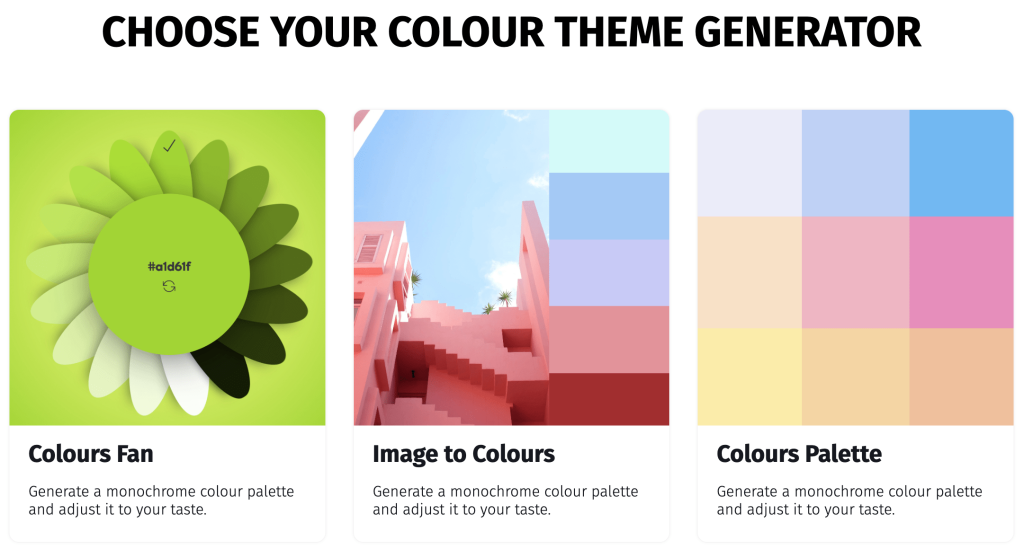All types of businesses deal with huge amounts of data on a regular basis. With platforms like Power BI, it’s finally possible to present data in the most seamless way possible. The best way to do this is through big data visualization.
One of the biggest skills data professionals should have is the ability not only to assess big data but to present them in a clear manner. This is one of the things Power BI does best.
Here are a few reasons why Power BI should be your go-to platform when it comes to big data visualization.
Processes Large Amounts Of Data
Power BI was built to compress data efficiently, allowing users to run big data through it seamlessly. When you run big data on platforms like Excel, it will most probably crash or will not be able to open the data at all.
Power BI also allows users to drill down into the granular details so that they can better decide how to create their visualizations and allow end users to engage with the data. There is no need to cut large datasets into samples just to create the simplest analysis, unlike other platforms.
Easier To Analyze And Transform Big Data
One of the biggest reasons why more and more people are switching over to Power BI is its ease of use. You don’t need to be a brilliant data professional to start grasping how Power BI works. With the right tutorials, anyone can jump in and start learning. This makes it easier for users to analyze and transform data.
In fact, this is the same reason why our courses in the Enterprise DNA Learning Platform are patterned in such a way that members can start their Power BI journey with us based on their current skill level.

You can start off with basic tutorials that deal with smaller data sets and then eventually progress to more complicated calculations using big data.
Easy To Import Files And Integrate With Other Platforms
Power BI’s ease of use is not just useful in terms of analyzing and transforming data. It also makes it easier to integrate with other tools, as well as import different elements.
Although Power BI is a powerful platform on its own, it does have a few limitations especially once you become an advanced user. This is especially true when it comes to visualizations.
When this happens, advanced users opt to integrate other tools and platforms to help make their visuals pop out even better. Some create their backgrounds on Powerpoint, for example, and then import them into Power BI. Third-party tools like Zebra BI also allow users to add cards to a report, while others may also import a screen from Power Apps.
Here at Enterprise DNA, we also offer tools that could improve your visuals. For example, we have the Colour Theme Generator, which is found inside the Analyst Hub. This helps you create interesting color palettes fit for the project you’re working on.

Supports Advanced Data Analysis
As you deal with big data, patterns will eventually show up, leaving room not just for better analysis, but for making predictions. This type of advanced data analysis is possible in Power BI.
Power BI comes with machine learning capabilities that allow it to capture trends and make logical predictions based on these patterns. This is extremely helpful especially if you want to use your current data to make decisions for the future. Visualizing these trends and extending them to the future can help you come up with logical next steps.
***** Related Links *****
Data Visualization Technique | Power BI Dynamic Visuals
Visualization Options In Power BI
Power BI Best Practice On Reports & Visualizations
Conclusion
Every data enthusiast and data professional will experience dealing with huge data at some point. As long as you are well-versed in Power BI’s visualization tools, you can easily present the data in a way that end users will easily understand.
All the best,
Sam






